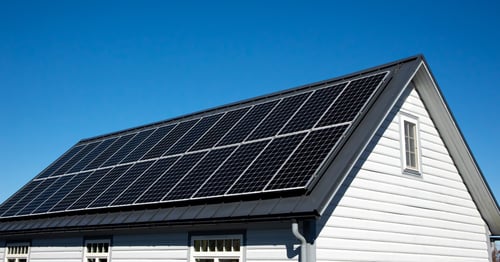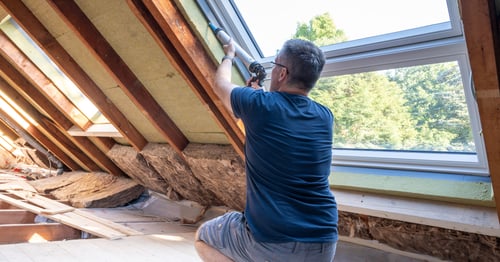Convert to a
Solar Energy Home
Harnessing the power of the sun with the installation of a solar panel array is the most common and most impactful choice for homeowners looking to transition to renewable energy.
The three S’s of solar selection
Three key aspects of evaluating solar energy installation at home are shown below.
Gridly helps you understand how these factors might apply to your home.

Site
How your home and the roof structure are positioned. If it faces north/south, it’s easy to place panels on your roof and have them soak up a day’s worth of energy production. If your house faces east or west, you might have to look at alternative locations.
Also, if there are trees on the property that may shade the roof area, this would impact the sun’s rays reaching your panels. You will also want to ensure that the roof itself is in good condition.

Size
It's important to understand the proper size system for your home—its current needs and also future needs for when your whole home is electrified, and the cars are charging in the garage. Solar panels and solar systems are sized based on the amount of electricity that they can produce (usually measured in annual kilowatts).

System
A solar system for your home can be summarized as containing three key elements- the panels, the inverter(s), and the meter system. They each work together to optimize the performance of your system–and represent a decision about brand, cost, and usefulness as you choose wisely in picking the system that is right for you. In addition, integrated battery storage may also have an important place in your system selection.
Converting to solar energy is straightforward
With the right team of installation experts doing the work, your panel array will be up and running in short order (usually a one-day onsite installation process), producing clean, renewable energy from the moment it's switched on. As long as there’s sun to be had, energy is being produced.





